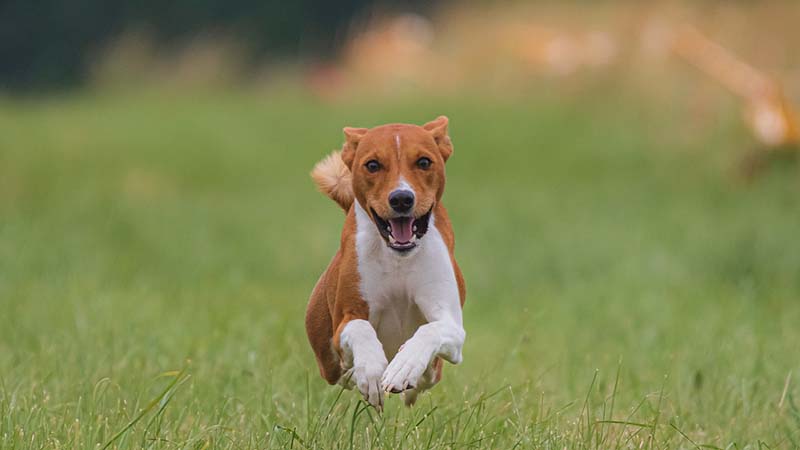Do Great Pyrenees Have Webbed Feet? Interesting Breed Facts
By Ashley Bates
Updated on
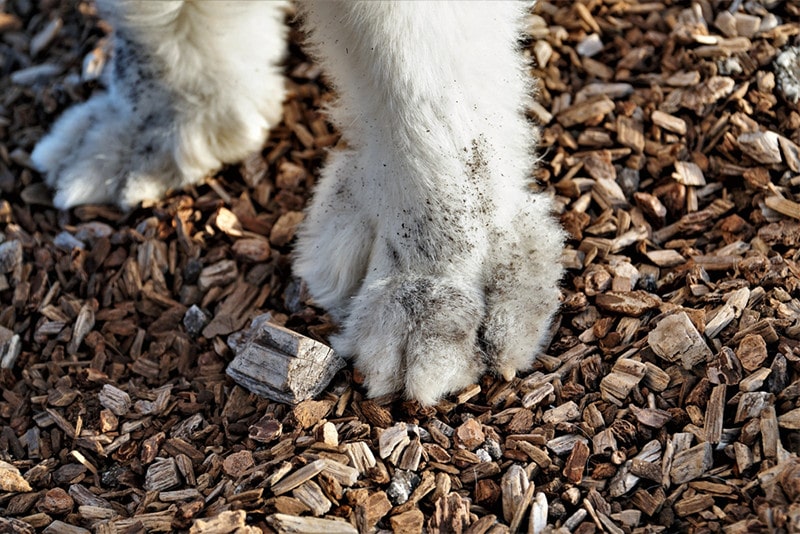
Many dogs have a characteristic of having webbed feet as part of their breed standard. You might notice recognizable canines, like the Golden Retriever, Labrador Retriever, and Newfoundland, all have webbed feet.
So, did anything about the Great Pyrenees breeding standards require them to have webbed feet? Do they have webbed feet today? The Great Pyrenees dogs do not have webbed feet. We will explore what that means for the breed and what webbed feet are traditionally used for.
Great Pyrenees Origin
To find out if the Great Pyrenees has webbed feet, it is imperative to understand where the breed came from. Webbed feet are a feature of many dogs that help humans with water-based activities, such as hunting waterfowl or search and rescue.
So, what exactly is the history of the Great Pyrenees? The breed was originally tasked as a guard dog. They helped farmers protect livestock from small and large predators.
Because these dogs had homes high up on mountains and far from any coastal regions, webbed feet were not a necessary feature.
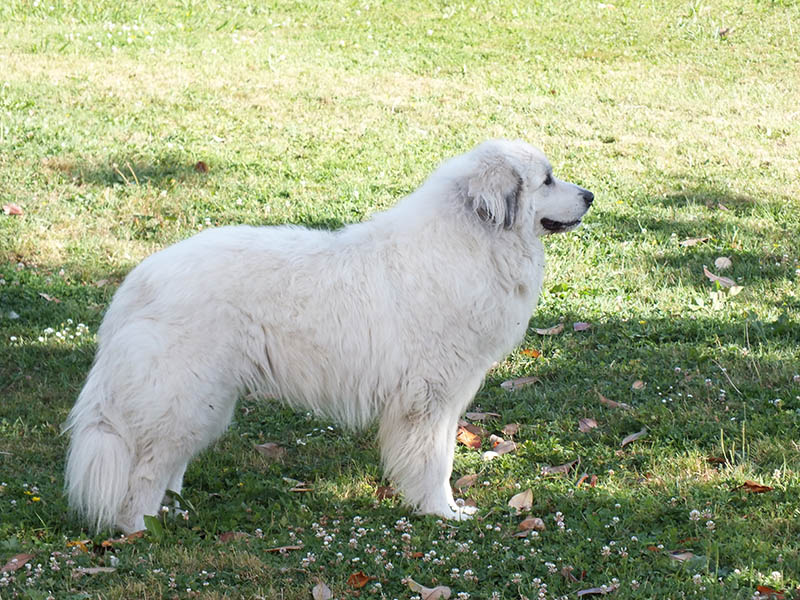
About the Great Pyrenees
If you are considering adopting or buying a Great Pyrenees puppy, you might want to learn a little more about the breed as a whole. We’re going to give you a little background information about the breed to gauge whether or not they are compatible with your whole life.
Quick Facts
| Height: | 25–32 inches |
| Weight: | 85–100 pounds |
| Lifespan: | 10–12 years |
| Class: | Working group |
| Colors: | White, tan, red, gray, badger |
| Personality: | Docile, devoted, affectionate, independent |
| Suited for: | Farms, homes with acreage, large families |
| Not Suited for: | Small living spaces |
Personality
The Great Pyrenees is a wonderful companion to have. They are slow-paced, gentle, and good-natured. And you will likely find that they crave human companionship and will make exquisite members to almost any living situation.
However, they aren’t suited for all living situations. This breed loves to be outdoors and would prefer a life where they have free access to the outdoors whenever they choose. For this reason, along with size, the Great Pyrenees can be a little hard to keep for people who live in smaller spaces.
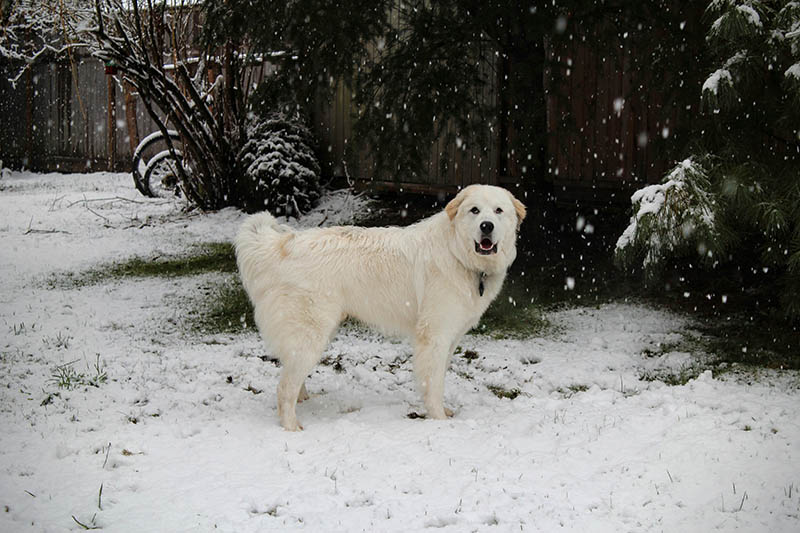
Exercise
Speaking of exercise, how much does your Great Pyrenees need? Not too much, so they are perfect for families with moderate activity levels. However, they do need to feel like they have a job to do—and they need to roam.
Ideally, daily walks, trips outside to a safe space, and moderate-intensity activity is enough to keep the Pyrenees happy. Stimulation is key—and they love having room to roam and wander. They naturally enjoy being outdoors, working best in rural settings.
Grooming
Grooming a Great Pyrenees can be pretty complicated! These dogs have thick, long double coats that shed all year round. Because of their massive shedding potential, it can be very complex for owners to accommodate if you don’t have a lot of time to spend on grooming.
You should commit to daily brushing in order to combat the excessive shedding. Gather up bristle brushes, slicker brushes, and deshedding tools to keep their coats debris and tangle-free.
What Breeds Do Have Webbed Feet?
So now you understand that webbed feet are not a feature of the Great Pyrenees. However, many other dogs have this interesting feature. Here’s a quick list, along with some characteristics of the breed.
Newfoundland
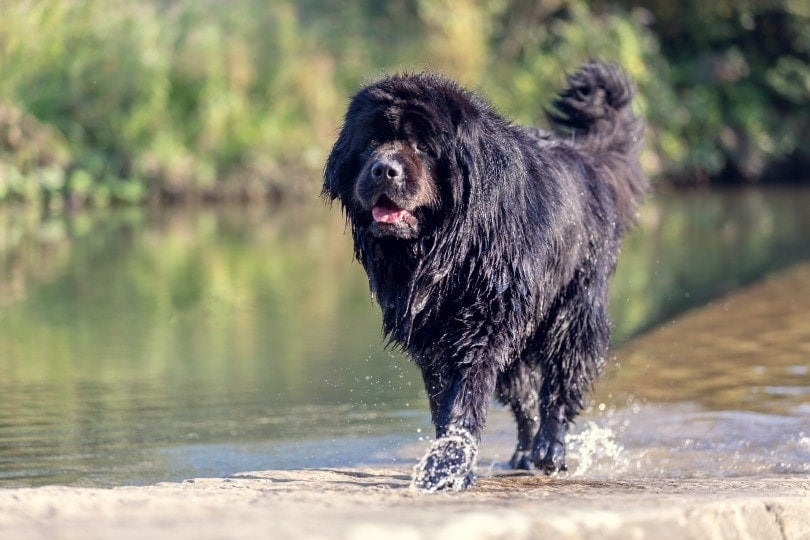
The Newfoundland resembles the Great Pyrenees in structure and even temperament. However, these dogs had a much different sole purpose, as they are highly skilled in water rescue, accompanying Canadian fishing vessels.
Golden Retriever
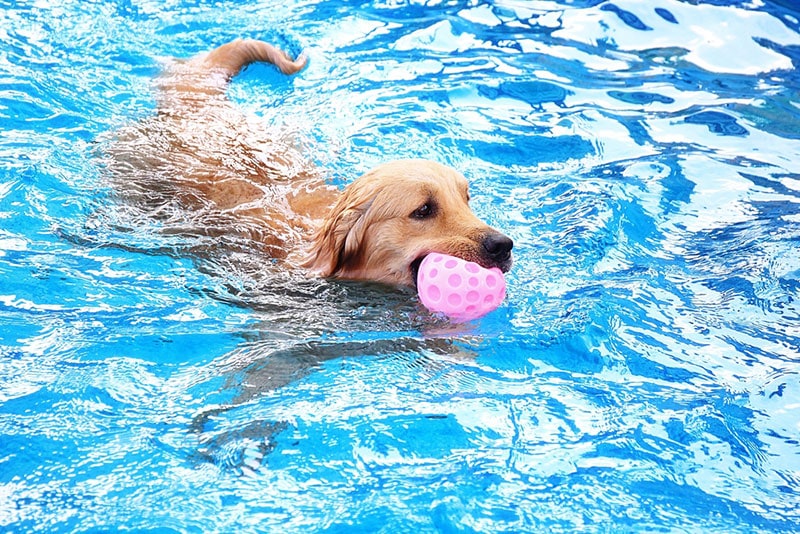
Golden Retrievers have become skilled service dogs and spoiled house companions for years now. It’s hard to think of them in their original role: retrieving waterfowl for hunters.
Otterhound
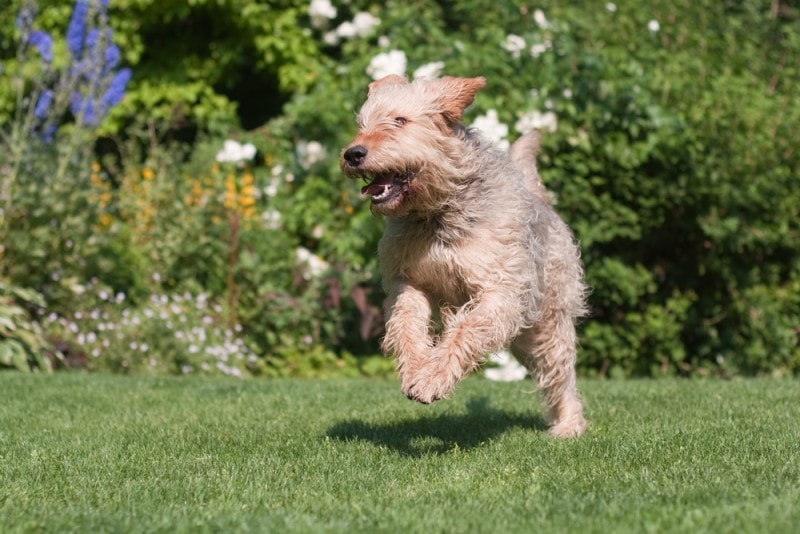
The Otterhound certainly has webbed feet—and the name says a lot about their breed purpose. This English breed hunted otters and like-sized prey in water—and their webbed feet came in handy. It is considered a very rare breed today.
Chesapeake Bay Retriever
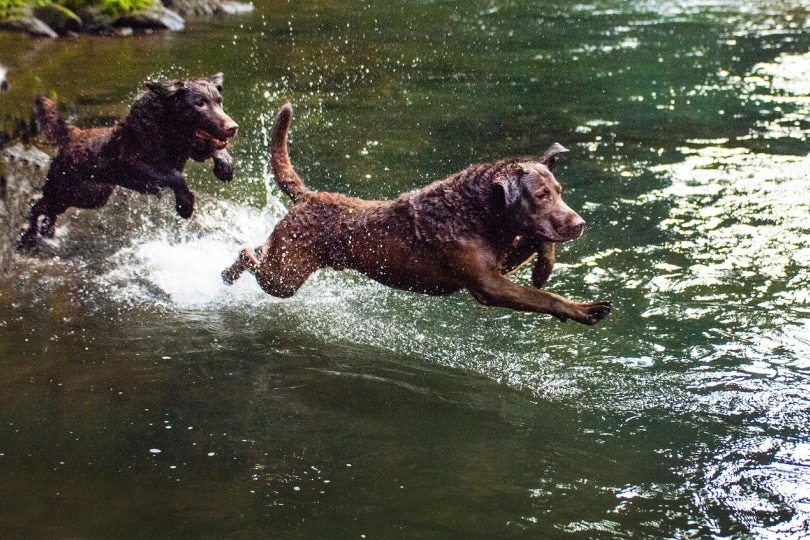
Chesapeake Bay Retriever was developed in the United States as a retriever for waterfowl. This dog is part of the gundog/retriever group, among others like the popular Golden Retriever.
Final Thoughts
So, there you have it. The Great Pyrenees came from snowy mountains with the skill of protecting livestock. They don’t have the feature of webbed feet.
The Great Pyrenees might not have webbed feet, but many other dogs have this characteristic. If you’re looking for this specific feature, try checking out some of the breeds in this article.
- See Also: 20 Surprising Great Pyrenees Facts
Featured Image Credit: Michael Barajas, Shutterstock





